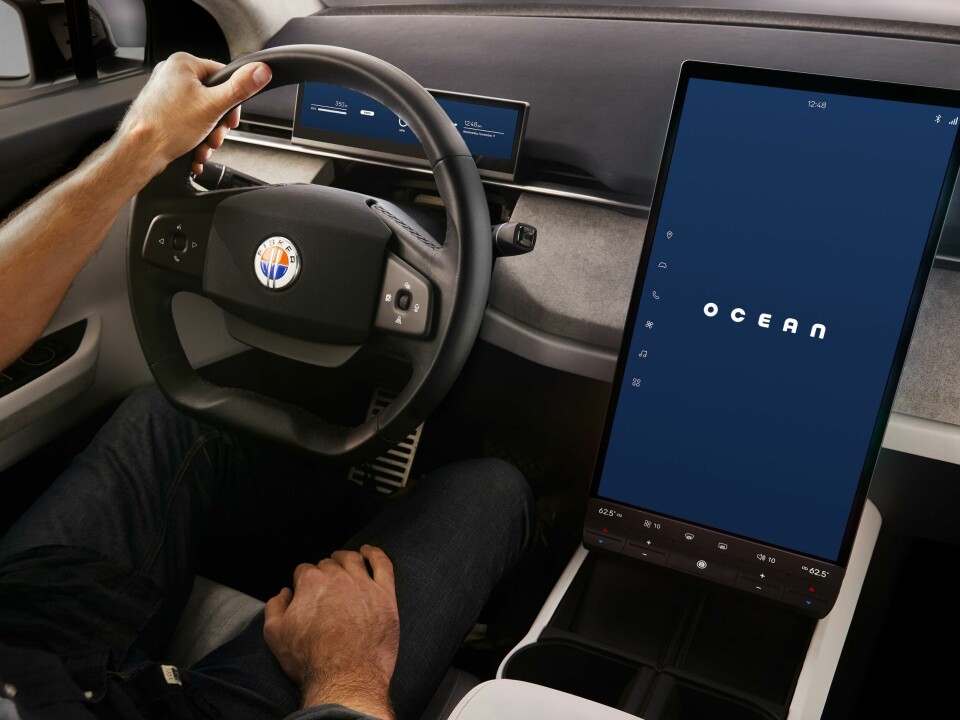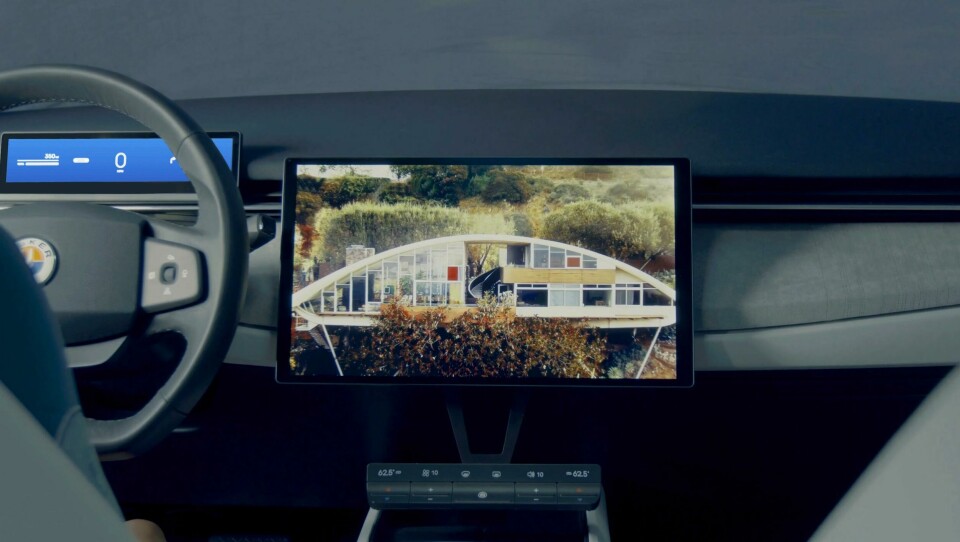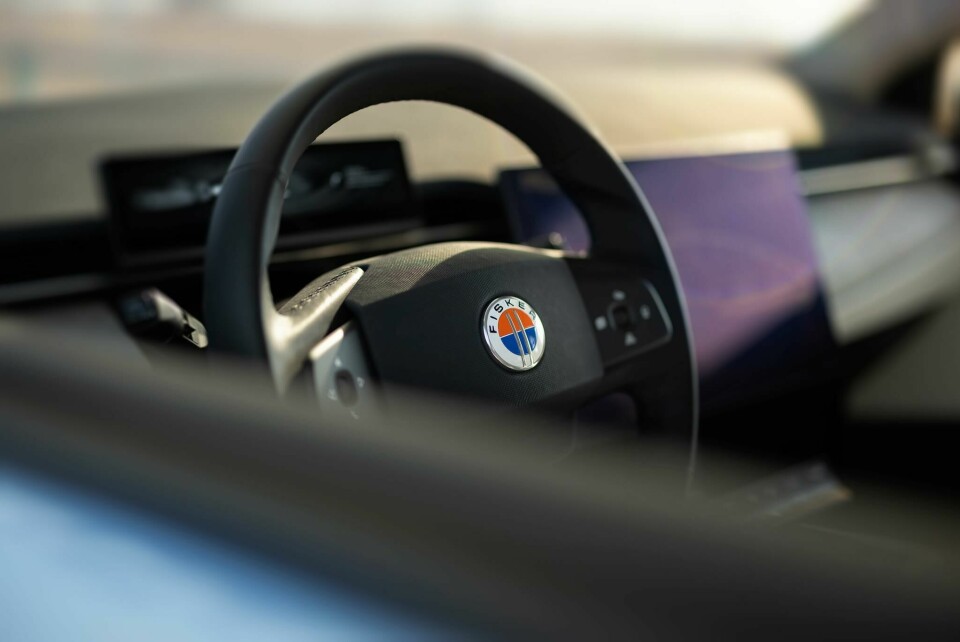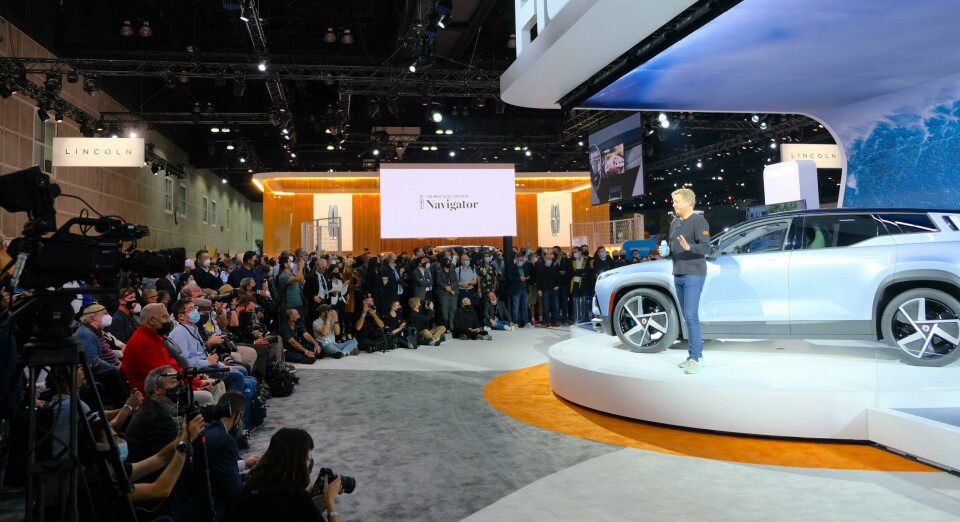
Interview: Henrik Fisker, CEO, Fisker
Following on from the reveal of the production-intent Ocean EV at La Motor Show, Henrik Fisker sits down with CDN deputy editor Michael Nash to explain how the model has exceeded expectations of the prototype, and what 2022 holds for the company
Michael Nash: How was the Ocean EV received at the LA Motor Show?
Henrik Fisker: It was perfect timing to show our vehicle in production form. We did get a lot of attention as many people were seeing real metal for the first time since the start of the pandemic. I think people have had an overdose of CGI and sitting behind computers for two years.
It was also fortunate that we were one of the companies that had something new to show. People were excited to see how the production form of the vehicle was different from the concept, and I’m pleased to say that it is one of these rare occasions where the production vehicle came out better – more exaggerated, and more sculptural than the original show car.
MN: What are the key differences between the production-intent model and the initial show car, and how did these come about?
HF: The industry is experiencing the biggest and fastest shift in technology. So, when you start developing a car, the technology has moved on so fast that you want to make changes during the middle of the programme. And one of our main goals has been to drive total development time, from the initial sketches to full production, down to less than two and half years. So, since we showed the Ocean in concept form in January 2020, we decided that we could have a longer range and therefore needed a longer wheelbase. As we did that, we thought it was necessary to have larger wheels and we also decided to go for a wider track to get more sculpture on the sides of the vehicle and get the proportions just right.
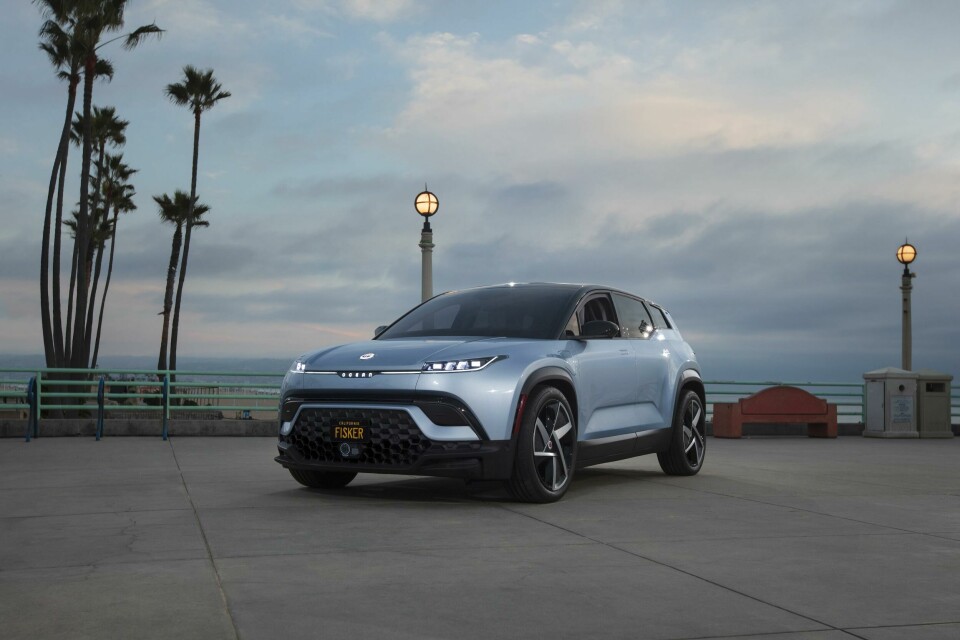
MN: Did the extended wheelbase mean a change in platform too?
HF: We had a base Magna platform, but we decided to change so much on that it has become our platform, which we will use for other vehicles. This informed some of these dramatic shapes around the front and rear fenders and we wanted to have a very clean rear end without the license plate up in the tailgate. I also worked on very slim and thin tail and headlights, and as most designers know, it’s easy to do on the show car but a big challenge for production. We had an amazing lighting partner, and figured out how we could make it work.
The other challenge is the front overhang with crash. We were able to create quite a short front overhang, which is different to a lot of EVs that have long front ends even though there is no engine there. That’s because they have to compensate for crash. We came up with some good solutions to be able to shorten the front overhang.
MN: How did you ensure that the design of the Ocean’s exterior was cohesive from every angle?
HF: Lighting plays a key role. We put thin lights on the door handles and these line up with the front and the rear lights. It provides a nice feel without you even thinking about it. I think it’s always about using these subliminal messages in the design that maybe a lot of normal people can’t finger-point to, but they just know they like something. And the reason we didn’t connect front and rear with lightbars is because everyone else is doing it. I still like the idea of separate lights.

MN: What were the big challenges when it came to designing the interior?
HF: Firstly, we have an amazing design team, made up of more female members than male, which is quite unique. Both our head of exteriors and head of interiors are female.
The interior is the most complex part of the car because it consists of dozens of separate elements that have to come together in the perfect package. There are many surfaces that are complex due to safety and structure, and then there are the movable parts like the doors, vents, seats and steering wheel. On top of that we added a rotating screen, and because it is so large at 17.1-inches, it gets very close to the steering wheel when it turns. So, we had to create an automatic steering adjustment to ensure the ergonomics and viewing angles are right when the screen is horizontal.
MN: Were these tricky elements included in the brief?
HF: I asked the interior team how we could create a modern, futuristic interior that feels elegant and luxurious without using traditional things like leather and stitching. The sculptural dash is one example. You have to sit inside the car to experience it because the pictures don’t quite do it justice, but there it has an incredible twisting surface. The vents are extremely thin and we used some very interesting recycled materials too. This all comes together and gives us a real luxurious feel without the use of traditional chromes and leathers. Also, the way the doors line up proportionally with the dash really work. We resisted using the thin door stripe, which goes back to the days of when we used to have a wood stripe in the door. And there is a unique sculpture in the door that sits where the armrest is, but you have to sit in the car to see it.
As for the seats, we worked on coming up with one without the typical division that every single seat in the world has right now. Because of the way they are made seats need to have these stitching lines in the lower sides to be able to drag down the material so it doesn’t fluff. We are using a new seating concept where we are able to sculpture the seat just like a designer sketches one. Normally, it changes when the car goes into production, but we were able to get the seat the way it was sketched.
Then going to the centre console, the objective was to make it as usable as possible. When you sit in the rear the console floats, providing more room and allowing you to put your feet underneath. We also have a floating control panel that stays in the same position even when the screen turns, which nobody has ever done before. We have some extra storage underneath the two inductive phone chargers, and we have a surprise that we will show closer to launch – we’ve done away with some traditional storage in place of something else.
MN: Sustainability is such a big topic within interior design. Is there a trade-off between cost and true sustainability?
HF: I don’t think sustainability is just a topic for the interior. It certainly isn’t at Fisker. We spend a lot of time on making the exterior sustainable too. We have included the world’s largest solar panel in a production car on the Ocean, for example. And to do it we had to invent a special converter to get the power into the high voltage battery – it didn’t even exist. We also looked at wheels using partly recycled carbon-fibre and are examining other elements of the exterior too.
All of these things cost extra, there’s no doubt about it. The only way to mitigate that cost is to find other places in the car to take out money, which can then be used to subsidise the inclusion of sustainable materials. So, after extensive research, we decided not to have a frunk on the Ocean. We saw that a lot of people don’t really use it – most people will go to the supermarket and use the trunk, they don’t bother opening the hood. And at this point, EVs are not used for super long road trips where you might need the frunk for extra storage.
You can see the unique lines on the hood – that panel is only movable with screws, so we saved money because we don’t have to put in latches, strikers, and seals. There are a few other areas that we have taken cost out to spend on sustainability, but you wouldn’t even notice it.
It’s clear that it will take many years to get the costs of some of these sustainable materials to where we are with today’s traditional materials, but I think it’s more a question of volume. Right now, the Ocean has materials that only Fisker uses. If these start being used in other cars the cost will come down.
MN: You recently committed to the UN Global Compact. Can you explain what this means?
HF: It shows we are really serious about sustainability – it is not a PR exercise. We have set an external environment, social, and governance (ESG) council, which includes UN Development Programme Goodwill Ambassador Nikolaj Coster-Waldau. He came over for a council meeting where we put together a set of guiding principles for our suppliers.
These are strict rules that, if not met by our suppliers, will result in the cancellation of our work together. It’s tough to be a new start-up that has such a strong conviction because we cannot take the easy way out. But I think that, in the end, it will pay off, and we have enough people willing to stay with us.
MN: What does 2021 hold for Fisker?
HF: Now that the Ocean is in final stages of production development, we don’t need to spend so much time on the design side, so we can move of our concept engineers onto other projects. We already ramped up our project called PEAR – personal electric automotive revolution. It’s the first vehicle I’ve been involved in when we don’t have a normal automotive brief. Instead, I created the brief based on scenarios that our UX team put together regarding young people living in megacities. I’m super excited about it. Some people who may not be futuristically minded may not like the design. Even I had to get out of my comfort zone. We probably won’t be showing it until closer to launch, which is set for early 2024. There are lots of cool features on it, for example, it doesn’t have a normal trunk or hatch.
We are also ramping up a second programme that we are doing with our UK group Magic Works. It’s a super sportscar, which has always been a passion for me, but it wasn’t a priority in the beginning because we needed to establish a business in terms of volume and revenue to sustain the company long term. Now we are ready, this programme is very exciting because it is based on a vehicle that currently doesn’t exist in the segment. Everything is going at full speed. We are hiring between 30 and 40 people a month, and are also expanding our design team. The Ocean created a foundation, but the next designs are more radical.
